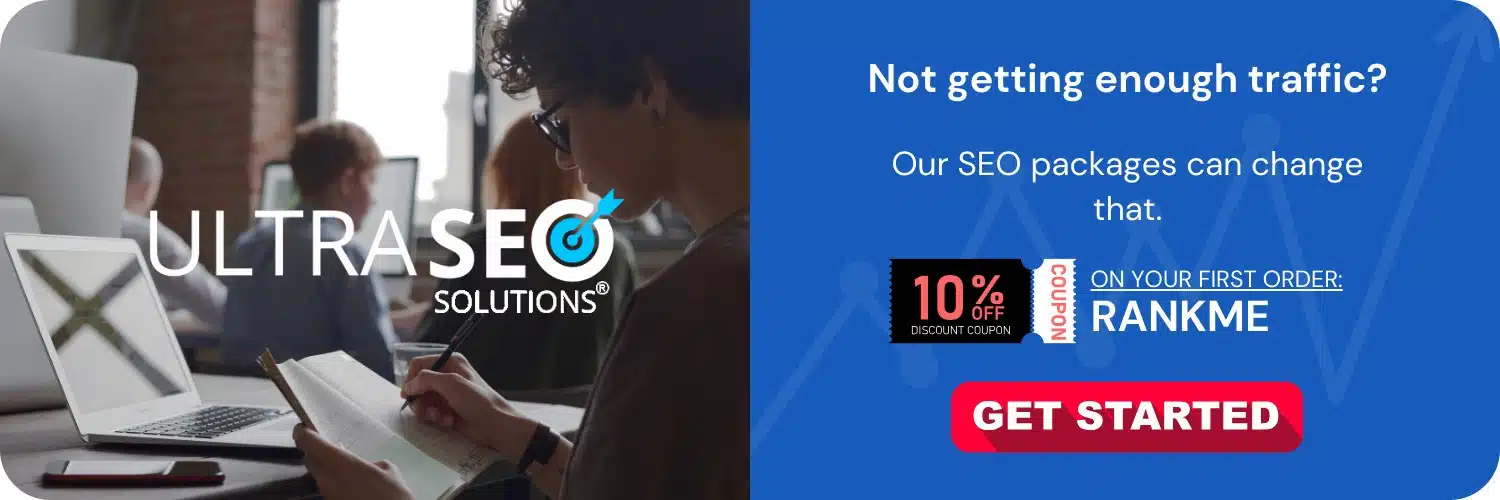
Sitemaps play a crucial role in Search Engine Optimization by acting as roadmaps for search engines to efficiently crawl and index a website’s content. They are essential for ensuring that search engines can discover all relevant pages on a site, especially for larger websites with numerous pages or a complex structure, as well as newer sites with fewer external links.
The Role of Sitemaps in SEO
To understand the importance of sitemaps in SEO, it’s important to first explore what a sitemap is and how it functions. A sitemap is a file where you provide information about the pages, videos, and other files on your site, along with the relationships between them. Search engines like Google read this file to more intelligently crawl your site.
Types of Sitemaps
Sitemaps come in different forms, primarily XML and HTML. An XML sitemap is designed for search engines, allowing them to find and index pages that they might not have discovered through normal crawling processes. An HTML sitemap, on the other hand, is aimed at helping users navigate a website, although it can also aid search engines in crawling a site.
Improving Indexation
One of the primary reasons sitemaps are so important to SEO is their role in indexation. By providing search engines with a sitemap, you’re effectively supplying them with a list of pages you consider important and worthy of being indexed. This doesn’t guarantee that all pages will be indexed, but it certainly enhances the chances of complete indexation, particularly for a new or large website with many pages.
Benefits of Using Sitemaps for SEO
Not only do sitemaps facilitate better crawling and indexing by search engines, but they also come with several other SEO benefits.
Facilitating the Discovery of New Pages
When you add new content to your website, a sitemap acts as a signal to search engines that there are new pages ready to be indexed. This is especially important for websites that don’t have a strong external link profile, as it speeds up the discovery process of new content.
Organizing Website Structure
For websites with a large amount of content or complex hierarchies, sitemaps help search engines understand the structure of the site. By examining your sitemap, search engines can grasp how different pages are related and what the overall content architecture looks like.
Providing Valuable Metadata
XML sitemaps can include metadata about each URL, such as when the page was last updated, how often the page is changed, and the relative importance of pages within the site. This metadata can inform search engines about the relevancy and timeliness of content, which can influence crawl priority.
Optimizing Sitemaps for Maximum SEO Impact
To get the most out of sitemaps for your SEO strategy, it’s important to optimize them properly.
Keep Your Sitemap Updated
Maintain an up-to-date sitemap by regularly adding new pages and removing any that have been deleted or are no longer relevant. An accurate sitemap ensures that search engines are working with current information when crawling your site.
Keep It Clean
Ensure that your sitemap doesn’t contain any URLs that are canonicalized to other URLs, 404 errors, or URLs blocked by robots.txt. Including such URLs can waste crawl budget and potentially lead to lower indexation levels of the pages you want to be indexed.
Submit Your Sitemap to Search Engines
Although search engines can discover sitemaps on their own, manually submitting your sitemap through Google Search Console, Bing Webmaster Tools, and other search engines’ equivalent platforms ensures that they are aware of your sitemap and can provide you with insights on its effectiveness.
Use Sitemaps In Conjunction With Other SEO Best Practices
While sitemaps are an important tool, they are most effective when used as part of an overall SEO strategy that includes on-page optimization, quality content creation, and building a strong backlink profile.
Common Misconceptions About Sitemaps
While sitemaps are undoubtedly a valuable tool, there are some misconceptions about their role in SEO.
Sitemaps Guarantee Page Indexation
It’s important to note that having a sitemap does not guarantee that all pages will be indexed. Search engines use complex algorithms to determine which pages to index and sitemaps are just one of the factors considered in this process.
Sitemaps Improve Rankings Directly
Sitemaps alone do not improve a webpage’s ranking in search results. They facilitate better indexation and crawling, but the ranking is influenced by numerous other SEO factors, including content quality, user experience, and backlinks.
Finishing Thoughts
Sitemaps serve as a critical element in the SEO toolkit, ensuring that search engines can more effectively crawl and index a website’s content. While sitemaps themselves are not a direct ranking factor, they support the foundational SEO elements that contribute to a website’s visibility in search results. Nonetheless, sitemaps should be integrated with a comprehensive SEO strategy that encompasses everything from content quality to technical SEO compliance. Remember to keep your sitemaps precise, updated, and free of errors, and utilize them as a guide for search engines to navigate and understand your website better. By optimizing your sitemap, you are laying down the groundwork for successful search engine optimization and ensuring that your valuable content gets the attention it deserves.“`html
Frequently Asked Questions
What Is a Sitemap?
A sitemap is essentially a list or map of all the pages on your website that serves as a guide for search engine crawlers and users alike. It can come in various formats, but XML and HTML are the most common for search engines and users, respectively.
How Do Sitemaps Benefit SEO?
Sitemaps are valuable for SEO because they facilitate search engines in discovering and indexing the content on your website. This is particularly important for newer websites or those with hundreds of pages, as well as for websites that regularly create new content or update existing pages.
Can Sitemaps Affect Your Rankings Directly?
By themselves, sitemaps do not directly affect search rankings. However, they enable search engines to crawl your website more effectively and efficiently, which means that your content might get indexed quicker. This indirect influence can impact your SEO performance over time, by ensuring your content is available to be ranked.
Are There Different Types of Sitemaps?
Yes, there are two primary types of sitemaps: XML and HTML. XML sitemaps are designed for search engines, allowing them to find and index content. HTML sitemaps, on the other hand, are intended for use by visitors to your website and help them navigate your site.
Is a Sitemap Necessary for Every Website?
While not strictly necessary for smaller websites with a simple, clear structure and few pages, sitemaps are highly recommended for larger sites, e-commerce sites with many products, sites with rich media content, or sites that have a lot of archived content that isn’t interlinked.
How Often Should You Update Your Sitemap?
It’s a good practice to update your sitemap any time you add new content or make significant changes to your existing content. For websites that update content very frequently, automating sitemap updates can save time and ensure consistency.
Does Having a Sitemap Ensure Google Will Index All of My Pages?
While having a sitemap significantly improves the chances of your pages being indexed, it does not guarantee it. Google and other search engines will still make the final determination on what to index based on factors such as content quality, relevance, and whether the content adheres to their guidelines.
How Do You Create a Sitemap?
To create a sitemap, you can use a variety of tools and plugins, depending on what platform your website is built on. For example, if you’re using WordPress, there are plugins that can generate a sitemap for you automatically. For custom websites, there are online tools and scripts that can generate XML sitemaps.
How Do You Submit a Sitemap to Search Engines?
You can submit your sitemap to search engines through their respective webmaster tools. For example, for Google, you would use Google Search Console, where you can add the direct URL to your sitemap. Bing has a similar feature in Bing Webmaster Tools.
Is There a Limit to the Number of URLs You Can Include in a Sitemap?
Yes, there is a limit. For XML sitemaps, the limit is 50,000 URLs or a file size of 50MB when uncompressed. If your site contains more URLs, you’ll need to create multiple sitemaps and link them together with a sitemap index file.
“`






